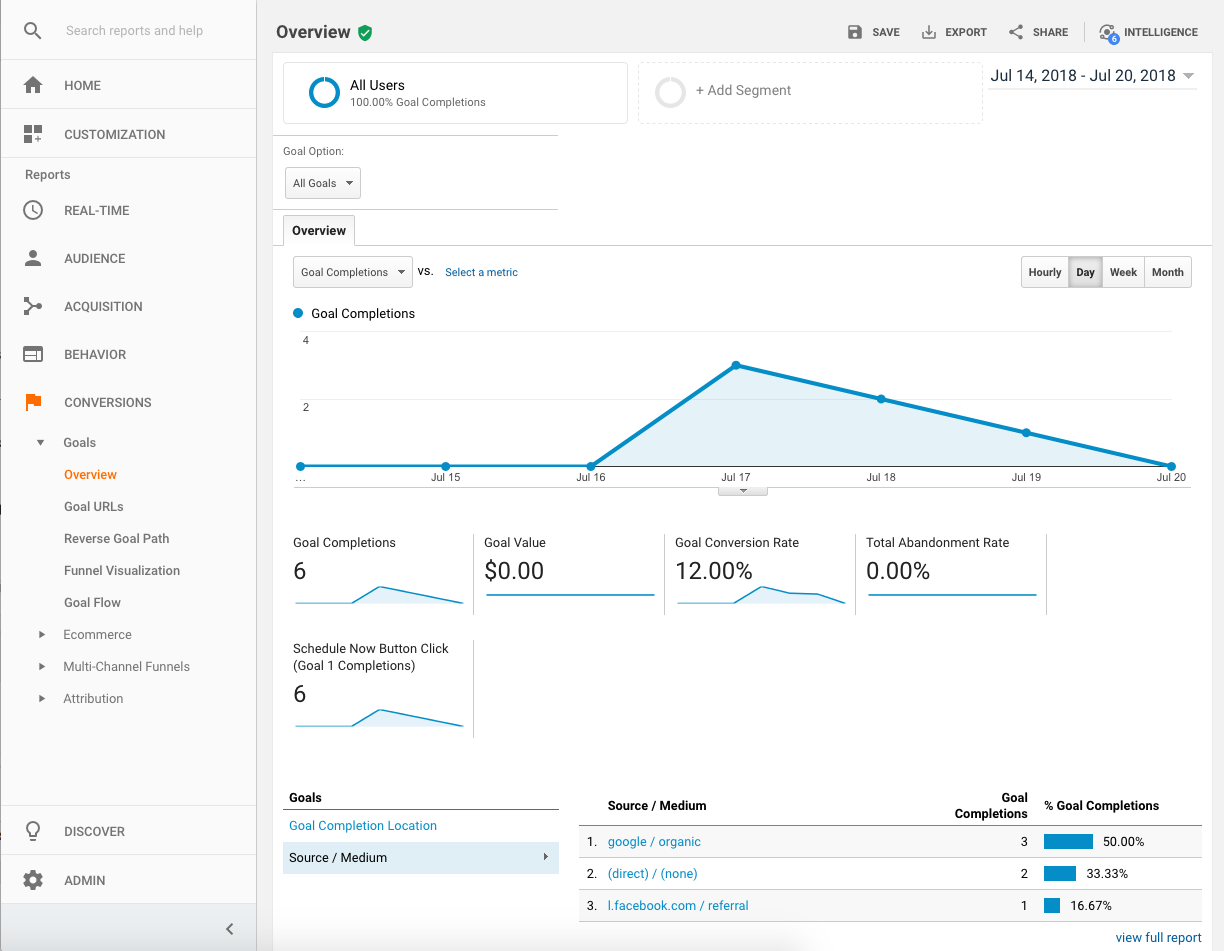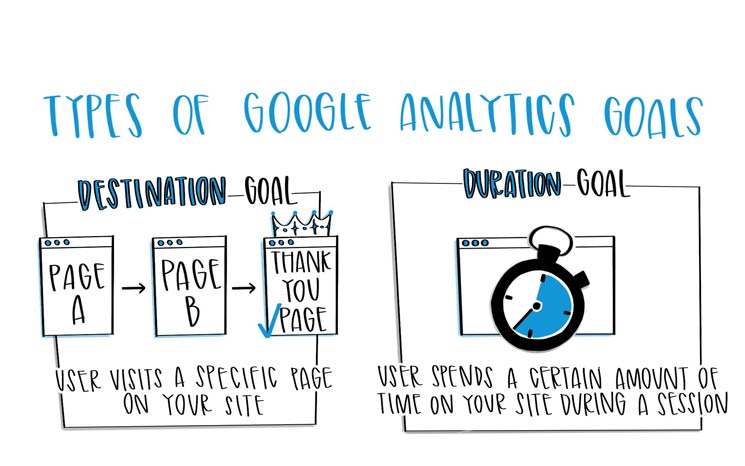Demystifying Google Analytics Limitations: Discover What Information Goals Can not Track
In the realm of digital analytics, Google Analytics stands as an effective device that gives valuable understandings into web site efficiency and individual behavior. Among its capacities, there exist restrictions that frequently go unnoticed. Comprehending what Google Analytics can not track is vital for a comprehensive understanding of information analysis and decision-making processes. From the intricacies of individual communication with vibrant content to the complexities of cross-device individual journeys, these restrictions dropped light on areas that may remain covered from standard analytics point of views. By untangling these restrictions, a clearer image arises, permitting even more enlightened approaches and fine-tuned insights into individual engagement and conversions.

Individual Interaction With Dynamic Material
Individual interaction with vibrant web content plays a crucial role in understanding individual habits on sites and optimizing the total user experience. Dynamic web content refers to components on a website that can transform without the requirement for a complete web page reload. This includes interactive components such as pop-ups, sliders, forms, and videos that react to user activities in real-time. By tracking customer interactions with dynamic content, website proprietors can obtain beneficial understandings into individual involvement, choices, and habits.
Google Analytics offers numerous devices to track individual interactions with vibrant content, such as event monitoring and virtual pageviews. Occasion tracking allows you to monitor certain customer activities, like clicking a button or enjoying a video clip, giving information on just how users connect with vibrant components.
Cross-Device Individual Journeys
Just how can contemporary analytics devices track the complex paths customers take across multiple gadgets in their on-line journeys? Cross-device individual trips present a substantial challenge for tracking and evaluating individual actions precisely. As users connect with web sites or applications utilizing different tools such as tablet computers, mobile phones, and desktops, it ends up being important to recognize exactly how they move between these systems to enhance user experience properly.
Google Analytics encounters restrictions in tracking cross-device customer trips as a result of privacy problems and technical constraints - what data is google analytics goals unable to track. While it can supply understandings right into specific devices' interactions, tracking a seamless individual trip across several devices remains an obstacle. This restriction can result in incomplete information and fragmented user insights, making it hard for organizations to develop a unified sight of the customer trip
To resolve this issue, companies can make use of advanced analytics tools that provide cross-device tracking capabilities, permitting them to gain a much more holistic understanding of user behavior. By leveraging these devices, services can connect the gap in tracking cross-device individual trips and optimize their electronic strategies for a seamless user experience.
Offline Conversions and Acknowledgment
As organizations browse the obstacles of tracking cross-device user trips, one more pivotal aspect to consider is the realm of offline conversions and acknowledgment in the realm of data analytics. While Google Analytics supplies important understandings right into online customer habits, it fails when it comes to tracking conversions that happen offline. This limitation postures a substantial challenge for services that have both online and offline sales channels.
Offline conversions, such as purchases made in physical shops or through telephone call centers, are important to recognizing the full client trip. Without the capability to associate these offline conversions to specific on the internet interactions, businesses might have a hard time to precisely measure the impact of their electronic advertising and marketing efforts.
To address this gap, organizations can explore alternative options such as integrating CRM systems with on-line analytics tools or utilizing unique promotion codes that can be traced back to on the internet campaigns. By bridging the void between online and offline data, companies can get an click this site extra extensive understanding of their clients' behavior and improve their general advertising and marketing techniques.
Individual User Identification
In the world of data analytics, the capability to precisely recognize specific customers across various on-line touchpoints is an important obstacle for organizations seeking to personalize and optimize their marketing strategies. While Google Analytics gives valuable understandings right into customer actions and communications, it falls brief in making it possible for the recognition of particular people due to personal privacy worries and technical restrictions. Google Analytics makes use of distinct identifiers such as cookies to track individual sessions and behavior, but these do not correspond to recognizing individual users in a personal feeling.

Information From Secure Pages
In spite of the raising occurrence of safe and secure web pages on web sites, acquiring information from these encrypted resources presents an unique obstacle for electronic analytics platforms like Google Analytics. Secure pages, indicated by HTTPS in the URL, secure information exchanged between the customer's web browser and the site's server to make sure personal privacy and security. While this file encryption is important for protecting delicate info, it additionally presents restrictions for tracking customer actions and celebration analytics information.
Google Analytics faces obstacles in gathering comprehensive details from safe and secure pages because of the security protocols in position. Consequently, specific information factors such as reference resources, keyword searches, and even some customer communications might not be totally caught when customers access a site through a protected connection. This limitation can influence the precision and efficiency of the data analysis, leading to gaps in understanding user actions and choices on safe and secure web pages.
To navigate this challenge, electronic experts might need to explore alternative tracking methods or leverage other tools especially developed to collect insights from protected web pages. By adapting strategies to fit these limitations, companies can still derive useful analytics in spite of the constraints offered by encrypted links.
Verdict
In verdict, Google Analytics has restrictions in tracking individual communication with dynamic web content, cross-device individual trips, offline conversions, individual customer identification, and data from safe and secure web pages. Regardless of its beneficial understandings, Google Analytics might not provide a full photo of customer involvement throughout numerous touchpoints.
User interaction with dynamic web content plays a crucial duty in understanding individual actions on websites and maximizing the overall individual experience. By tracking user interactions with dynamic web content, web site owners can gain valuable understandings right into her comment is here user involvement, choices, and actions.
Google Analytics utilizes unique identifiers such as cookies to track customer sessions and behavior, but these do not correspond to determining specific users in a personal sense.
As an outcome, certain information factors such as reference sources, keyword searches, and also some individual communications might not be fully caught when users access a site via a secure link.In final thought, additional info Google Analytics has constraints in tracking customer communication with vibrant web content, cross-device individual trips, offline conversions, private customer recognition, and information from secure pages.
Comments on “Comprehensive List of What Data Is Google Analytics Goals Unable to Track”